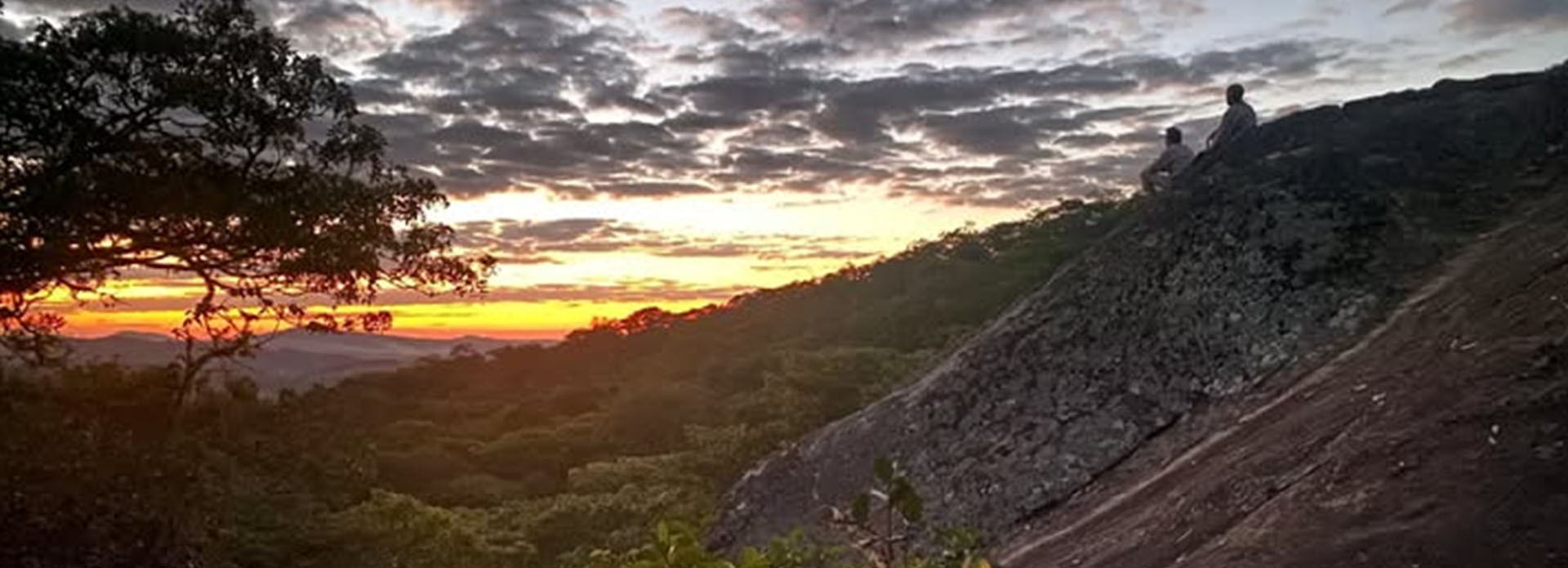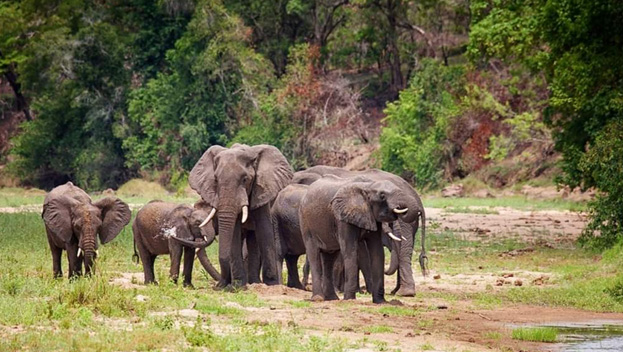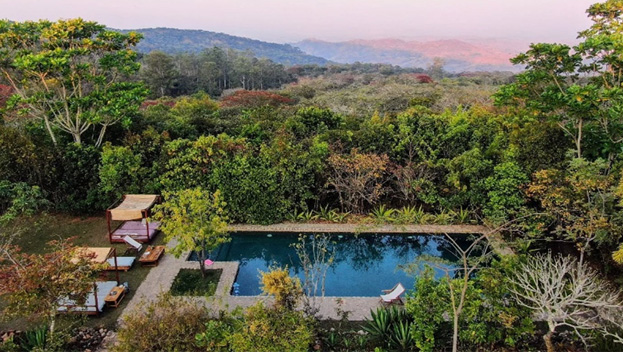
Central Malawi positions itself as a mark to its rich tapestry of African experiences, weaving together stunning landscapes, vibrant cultural heritage, and the warmth of its people.
The historic city of Lilongwe, the country’s capital and common point of entry, invites visitor to explore into its unique narrative, serving as a gateway to the nation’s captivating past.
The region is home Kasungu National Park, Nkhotakota Wildlife Reserves - untouched wilderness of rugged scenery and historic wildlife return. Kuti Wildlife Reserves, Thumba Forest Reserves, Ntchisi Forest Reserves the only remaining rainforest in the southern Africa offering thrilling safari adventure.
The central lakeshore provides wonderful and spectacular beaches and a diversity of tourist attractions, offering unique places to visit.
Central Malawi boasts a rich cultural tapestry woven from the traditions of various ethnic groups, particularly the Chewa, who are the largest, and the Yao, Ngoni, and Tumbuka, with music, dance, and art playing vital roles in their lives.
Where To Go
Southern Malawi offers diverse attractions, including the stunning Lake Malawi National Park, the wildlife of Liwonde National Park, the scenic Zomba Plateau, and the bustling city of Blantyre, the regional capital.
Lilongwe
Located in the heart of Malawi and home to Kamuzu International Airport, a common point of entry into the country. Lilongwe has a historical background that dates back to its establishment before it was declared as a capital city in 1975.
Lilongwe is a lively city and males a good place first or last night in Malawi. The city is divided into New and Old city. The modern shops, hotels, business offices and international embassies mark the new city, where as the old city is characterized by small cafes, restaurants and a variety of local markets.


Nkhotakota Wildlife Reserve
At 1,800km2, Nkhotakota is the oldest and largest wildlife reserve in Malawi, as well as one of its wildest and most unspoilt. It is a place of remarkable contrasts, from rolling hills to treacherous cliffs, gently lapping pools of the Bua River to spectacular rapids, and peaceful woodland glades to thick forest.
Miombo woodland is interspersed with grassland and cut through by several rivers, while Chipata Mountain provides an evergreen forest, a place to hike and a scenic backdrop.
Ntchisi Forest Reserve
Ntchisi Forest Reserve is one of the last remaining patches of tropical rainforest in southern Africa. The reserve is 75sq km and is surrounded on all sides by rolling hills covered by subsistence farming and dotted with traditional villages. It is untouched paradise, undiscovered by mass tourism.
The forest is a haven for rare birds, several species of samango monkeys and baboons, hyenas, small antelopes, civet, serval cat and many other small species. The rainforest flora, however, is the real highlight of this area of outstanding natural beauty.


Salima
Located in central Malawi, about 110 km from Lilongwe, the capital of Malawi, Salima is a vibrant and culturally rich district.
The district is well known for its stunning landscapes, diverse wildlife in Kuti Wildlife Reserve and Thuma Forest Reserve, a gem yet to be discovered by tourists, the beautiful beaches on the shores of Lake Malawi, and the beautiful islands of Nankoma and Marelli that cater for different types of tourists visiting the district.
Best Time To Visit
Central Malawi is widely regarded as a destination that can be visited year-round. However, the optimal time to explore Central Malawi is during the dry season, which lasts from May to October. This time frame provides pleasant weather that is perfect for outdoor activities and wildlife observation.
From May to August, temperatures are generally cooler, ranging from 20 to 26°C (68 to 79°F), which makes it ideal for hiking, safaris, and exploration.
As water sources diminish in the late dry season (September to October), animals gather around the remaining rivers and watering holes, resulting in easier and more dramatic sightings.
Lake Malawi is especially pleasant during the dry season, featuring calm waters and excellent conditions for kayaking, snorkeling, and diving.
The lack of rain also means fewer mosquitoes, making the dry season more comfortable for travelers.
The rainy season (November to April) brings lush green landscapes and enhances opportunities for birdwatching. However, it can also create challenges for navigating some roads and may not be the ideal time for wildlife viewing.
